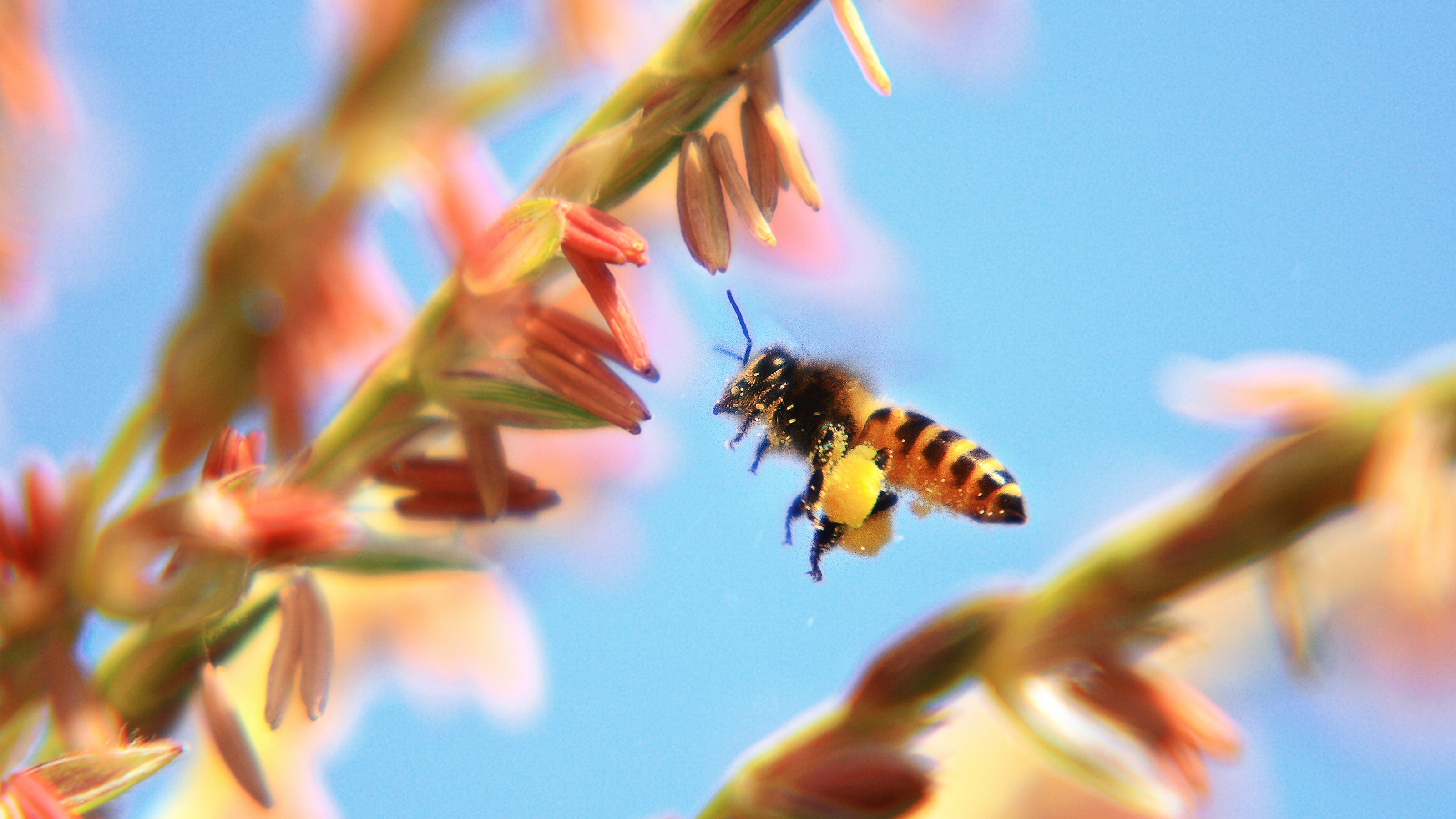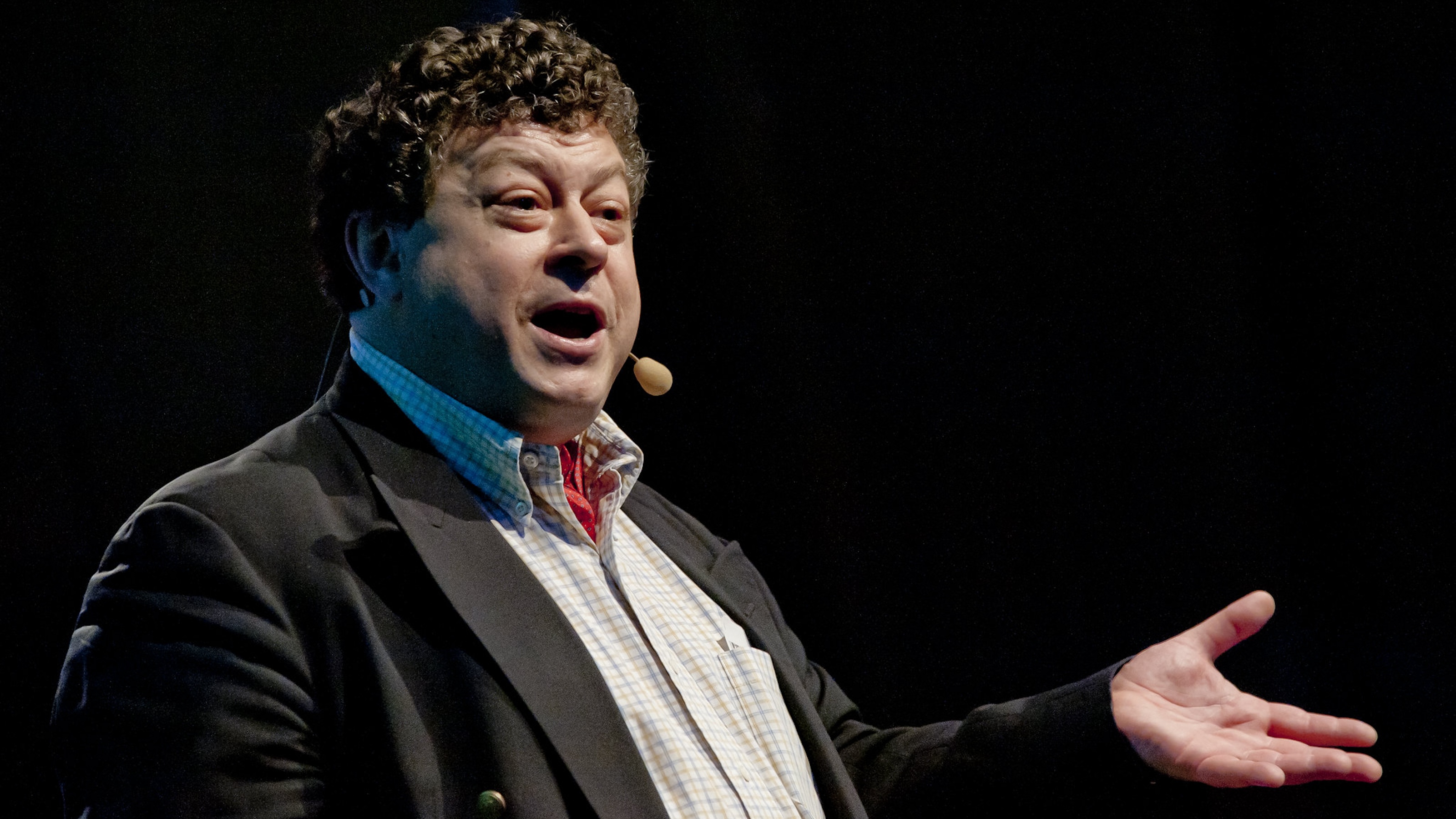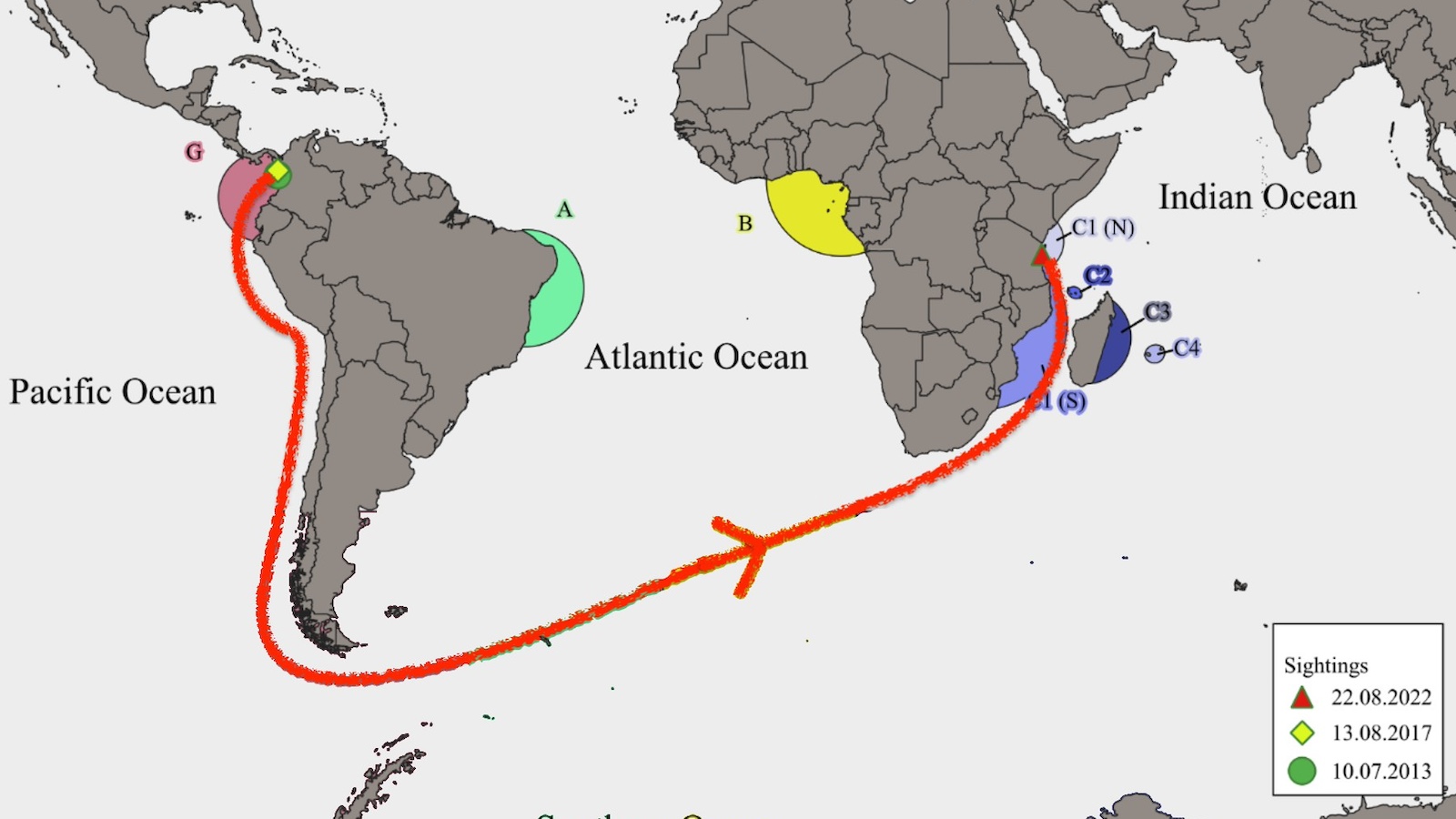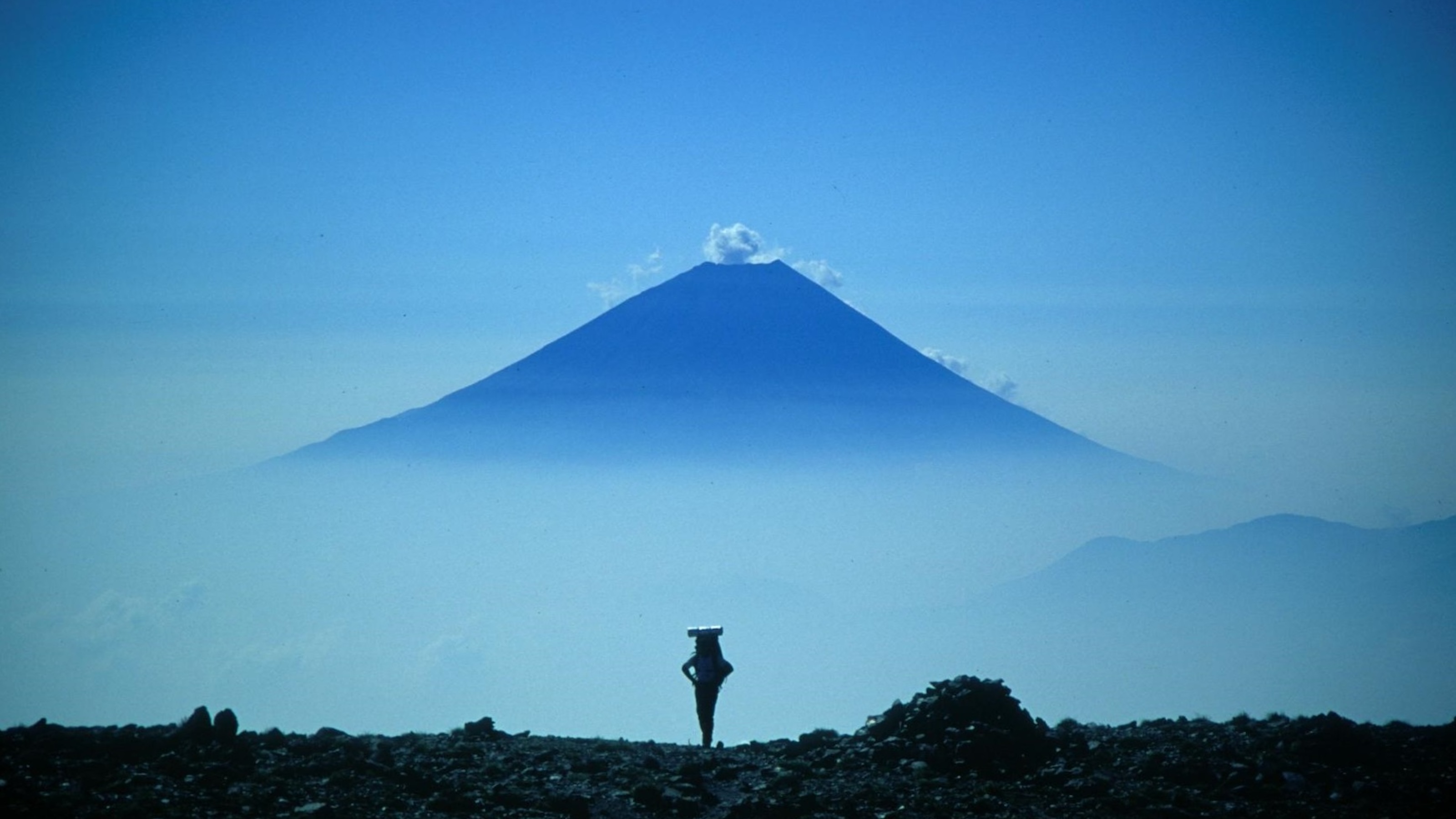A conversation with the photographic artist.
Question: What makes someone a good photographer?
Edward Burtynsky: Well I think the first thing and it wouldn’t be just a photographer, but I think in general to be creative I think you need to have an inquiring mind. You have to ask questions. You have to propose, not accept what is given, but say why is it so, why you know and it’s in the kind of asking that you begin to get behind some of the issues that you know allow the world to appear the way it does, so if you just accept the world the way it is and don’t question it then I can’t see how you can go very far creatively. It’s not only a process of working through form and formal issues. in photography that would be you know issues of color, composition line, texture, light, light in particular and all the tools and the lenses and how those lenses respond, so there is a whole you know battery of tools and approaches that one can take in terms of how you approach any given subject, but then it’s the more important work I believe that you… because anybody can kind of learn how to do that in a couple of years and be very proficient at it, even with digital it’s even made it easier, but where the heavy lifting is, is well what do I photograph and why do I pursue that and why does this image of that. I mean I’ve accepted a long time ago that everything in the world has been photographed many times over, but it’s not a question of being worried about that. It’s a question of you know how do I begin to engage my own story and weave it in with the thing that I’m looking at and try to you know create a series of images that you know can invoke a sense of wonder or can somehow begin to challenge the way I understand the world and hopefully then to go forward and challenge anybody else looking at it on how they might see the world and does this bring a new way of looking at you know the world and how you know one can build a narrative through the sheer force of imagery and not using words to be able to transmit you know ideas to communicate emotions and ideas and things about who we are and how we operate in this world.
Question: Are you ever surprised by one of your images after you take it?
Edward Burtynsky: Sometimes, yeah, sometimes a photograph where I didn’t think was going to be something special or it wouldn’t make the grade. You know even sometimes years later I realize that there is something in it that I didn’t see the first time that I kind of missed or that my thinking had progressed and that you know what I did kind of finally kind of caught up to the thinking around it, so that does sometimes surprise me and I do go back through my binder sometimes and say why did I not… why didn’t I not go here, what was wrong with this picture and for the life of me couldn’t figure out why I skipped it in the past, so there are those surprises that do happen that it’s not a clean sweep every time when I go through my contacts to pick the ones that are going to actually go forward from there, but you know to me the whole process of photography and then… It’s about editing. It really is. I mean the first process is the camera and how one edits the world with the camera because you’re removing things all the time. You’re trying to get down to what I might call the essential thing in the subject. How do I remove all the things that distract you know me from really understanding what it is that the subject is about, so that to me was one of the harder things to learn, to edit the real world and to be able to out of that complexity and out of our peripheral vision to be able to say if I just slice that out that has some meaning that the rest of it doesn’t contain as much as just that does. And what to me was the real challenge was you know I first found those things in a smaller form you know and standing on the land and or just a slightly elevated and as I pulled back further and further to include more and more and more of the world still trying to not lose sight of the fact that what the subject is and even though it starts to encompass larger and larger tracts of land and space.
Question: What is your working process like?
Edward Burtynsky: Well the process I think is unique to the subject. If you were to look at the body of my work it moves around from one subject to another, so it could be mining itself where we remove the orb from the land or it could be tailings, which is a byproduct of mining. It could be quarries. It could be refineries. It could be a damn in China or now it could be you know the cities being built in China and each one of those things I approach first as conceptual, like why that, why that and not that. You know like how do I go from a general idea to this specific place in which I’m going to make a photograph of and there is a whole bunch of criteria I might put to it. Is it visual? Is it interesting? Is there a sense of scale within it? Is there any particular reason? You know why photograph that intersection in LA and not another one? Well yes, it’s one of the biggest in the world and it was where the freeway began, so there are other components that I’ll use to determine where my target is that I’m going to go and try and photograph, but then once I understand like for instance when I did the refinery series I had never tried to photograph a refinery, but I went in there with my… first with a hand-held camera and just shot it, just walked through and responded utterly to the thing. I just whatever caught my attention. I’m not using four by five. I’m not slowing down. I’m walking through. I’m responding.
Then I’d go back and start working with a 4x5, using those kinds of touch points as a reference and then start to, you know, photograph and then I’d try all kinds of films to see how that subject and the light conditions in which that subject… you know would it be shiny? Would it be a cloudy, partly cloudy day? You know evening or sunrise. How does that subject react under the different times of day and light? What films? Do the colors, the palate of the thing I’m photographing, what film best responds to it? So I’d shoot all the different films that were available on the market. I’d make prints. I’d try different papers with it until I say here is the combination. Here is the film I’m going to use. This is my position to the subject. This is where in that subject I’m going to photograph. This is the paper I’m going to use to print it on.
Now I’ve established my form. I’ve established my working approach and then I’d start going back and I’d go back maybe five, six, seven times in that one first refinery then I developed a kind of a language that I felt I was comfortable with and then I said okay, now I’m going to try and find some other refineries that might bring other perspectives to it at different times that they were built, different things that they were refining and then I would add to that body of work until I felt okay, I feel I’ve exhausted this. I’ve somehow taken this visually as far as I can go. I don’t have anything else that I feel I need to say about this and then I might close a chapter to that project and go onto the… And that might take two or three years before I… by the time I get access into it, shoot it and some things like the refineries took about three years and I was pretty much done. Whereas, quarries I went on and off of quarries at different times over a period of 17 years, other projects, so it depends you know how long I want to do it may be determined by do I feel that there is more to be had.
Question: What message are you trying to get across in your work?
Edward Burtynsky: I think when I originally began the work because this body of work we started almost 30 years ago and I’d say at that point I mean I think I had a sense that there was a political undertone in the work, but it wasn’t the motivating factor. You know it wasn’t that you know I wasn’t feeling that I was going to… I was making this work as a concerned photographer trying to create change in this area. I was I thought chronicling a kind of movement that I saw where our populations were growing at an exponential rates and you know I was focusing on the resource extraction industries and coming to… trying to understand visually what has changed and what to me was changing was that we’ve always taken from nature, so you know the ages of man go back to the stone age and the iron age and the bronze age and the copper age and these ages of man are all kind of you know chronicled you know through anthropology and so we understand that you know we’ve gone through these, but these ages are… So we still get stone and we still get copper. We still get iron, but the scale and speed of that taking has changed dramatically and so I felt that the large format camera and having worked in those places because I did work in a mine and I’d seen them, that what we don’t see, we don’t see the scale of… You know we see the scale of our cities, so here we are in a city, New York City and the scale is… Let’s say you’d never saw a city before and you came to New York. It would be overwhelming to see all the tall buildings, the you know just the sheer volume of the built world that we’ve created here, but when I was going there and photographing that other side to every act of creation there is an equal or greater act of destruction and that we only take a portion of the good stuff, but there is a lot of waste that is laid to… you know before we get to the good stuff, whether it is the wood that we take or you know if we take metals from ore we’re only taking maybe 5% of the volume. 95% ends up being tailing, so we’re really disrupting much larger, grander scales of landscape.
So to me that was an interesting thing to begin to try and find the ying to the yang. You know the destruction to the creation of the things that we build and but in the landscaping at a certain point I began to understand it as a loss for nature that as we were expanding nature was being chewed away and then I began to understand the work as a kind of… that there was a kind of melancholy or sadness to it, but it was a lament for the loss of that place that we’ve called nature, that it’s losing out in this battle between what we need and what is available and where it is found and so wherever that place is, is being hammered you know for… to supply the things that we need. So and then I began to see nature as really just an open cupboard where you know we’re raiding the cupboards and taking everything as absolutely fast as we can and now… you know and as I’ve kind of gone on to begin to understand that you know I see our oceans as you know opening up the cupboards and just attacking it with a ferociousness that is like breathtaking, so I think the work never was intended to be political, but the political reading as a result of our becoming more aware of the collective human impact on the planet is coalescing to I think give the work a political undertone or reading that maybe even was more than I originally intended, but the intention was that it’s a multi… that the work is unstable in that there is… it has all kinds of futures to it. That there is the content and the form, so it makes an image that is interesting to stand in front of and I wouldn’t go as far as saying beautiful, but at least compelling to want to look at it, to want to enter it and then once you’re in that place it’s a question of do you want to read it for its form and the kinds of structure and the color and the things that are presented and the scale of the things I’m presenting or you can just you know and somebody can even enjoy it on the sheer aren’t humans interesting, look at what they’re building you know to you know to the idea that within the work there is a lot of embedded documentation as well of how we mine for iron ore, how we mine for copper, you know how we build, what we build in terms of buildings and you know there is a lot of stuff that photography just carries forward as well that defines an era and a time and a style of how we did things.
Question: What are the most important elements to getting the right shot?
Edward Burtynsky: Well I think for somebody who is starting out in photography I think the first thing to really begin to think of is if you’re really serious about you know trying to progress beyond just a casual happy snapper from time to time and trying to get that great shot I think you know trying to come up with something that interests you, something that can be visual and can be more than one picture. I think you know with today’s ease of taking pictures and digital you know it’s not that hard to come up with a great looking shot no matter what you’re interested in, so if you want to photograph animals or you want to photograph flowers or you want to photograph trees or if you want to photograph your friends you know if you do it long and hard enough you’re going to come up with some cool images of that and I don’t think that is really you know where the strength of good photography lay. I think that ultimately it is about editing. It is about knowing one’s self and trying to listen to that kind of intuitive forces that allow you to kind of respond more positively and more excitedly to one image or to one subject over another and to pay attention to that emotion and to follow that and then also to be aware of it when you see it in the kind of plethora of images out there in the world.
There is nothing wrong to say when an image really hits you like wow that is an amazing picture and it’s something that you aspire to, to be able to kind of make that kind of image. Well you know cut it out of the magazine or you know copy it onto a file in your computer and even once in awhile if it is really important print it out and stick it… pin it on your wall so it reminds you every day when you go by what is it about this picture and I think you learn about pictures in yourself by being true to the things that you personally respond to and that is really about I think the only way you’re going to find your way to an original voice that isn’t full of clichés and it isn’t just trying to do what other people do, but by following your own instincts using your own autobiography as a kind of guide to what things might be interesting for you to photograph, things in your life that you’ve seen that you might want to then go back and visually try and put a story around it. I think it’s a good place to start, but not to think in the world as a singular I got a great shot, but It’s like how do I make a group of images that together are more meaningful to anyone of them separated and even when they’re separated they’re still strong images each in their own right, but as a group they even become stronger, so I think thinking in terms of larger groupings of images then it… then your intentions are no longer a question. You’re now working and thinking, so it’s kind of like being a writer. You can come away with a good paragraph or a couple of good lines, but you want to create the story. You want to have a little bit more meat to the narrative and that only happens when you keep plugging away at an idea.
Question: What should one look for in a photograph?
Edward Burtynsky: You have to give yourself over to the visual experience and try to drop into the kind of space both intellectually and psychologically and visually of why is the artist showing me this, this place, what in the context of what they’ve laid out maybe in their artist statement, in their… you know and if you look at the book and or the images how do I begin to assimilate these images and some of them may be more… You know some of the connections may be more oblique and maybe never really meant for you to really fully comprehend because you’re not the artist, but you can still I think move through the work and appreciate the kind of I guess intention of the artist as well as your own subjective reading of it, so that you’re not… every person is going to get a slightly different take off of a group of 50 or 60 or 100 images, so I would say for the viewer to kind of immerse yourself. You know clear your mind. Get rid of all your problems. Have a peaceful moment where you can kind of just flip through and just look at them. Let them kind of wash over you. Go back to the ones afterwards that you like a lot and somehow say something more to you than other ones and try to understand the kind of complex set of ideas and narratives and visual kind of connections that might be there to be had and there isn’t any one way to read a visual book. It’s about a different language and it’s about how our brains respond to imagery which is different than words and it may be more emotional and it may be more kind of a sense of wonder like wow, I didn’t know that our world could look like this or look at you know or I didn’t know we were up to this. You know there is a whole bunch of things that you can learn from images and they do something. Like for instance, you can… You know if all you ever saw of let’s say the Gulf tragedy is just words. Like if no images were invented. You just everyday reports, “There is more spills.” “It shows up as you know brown on the top of blue water and it’s about a quarter mile wide and it’s five kilometers long and the sheen looks like an oil spill near a gas station after a rain.” And so you could try and explain to somebody what that disaster looks like, but it will never have the same effect as looking at a really good picture and you went oh, that is what is happen, okay, I get it. You know war is the same way. You can say there is a conflict and say… but then all of the sudden you see you know the people who have been affected and people have been hurt, legs blown off, whatever. It’s like uh-oh that’s… there is really something terrible happening here. So images somehow close the circle that intellectually we can understand that there is something going on in the world, but until the images are really there I don’t think it really lodges itself in our consciousness in the same way, so I do believe that between the words and the images it locks into our consciousness in a much more powerful way and that is where still images and the TV and the news reports and all that also affect us, somehow I think still images, really good still images have a greater staying power in our consciousness.
Photo #1
Edward Burtynsky: What you’re looking at in this image is they’re called jack pumps and this is in an area around Bakersfield, so if you remember the movie There Will Be Blood with Daniel Day-Lewis and he discovers oil it was in this area. It was the Kern Oil Field actually that was discovered and it was one of the big… the beginning of the big oil boom when gushers were being hit and oil was just flooding into the landscape. I think one of the gushers… They didn’t know how to stop a gusher back then when they first discovered it and I think one of them created a lake that was you know they just kept shoring it up with dirt and making a dirt berm in a valley and at one point it was 90 feet of oil. I think some ridiculous amount of I think 90 million gallons flowed out, which is actually not a lot compared to what is going in the Gulf right now when I think about it, but you know that was the beginning of the discovery of oil in America, which at that time really didn’t have any because the automobile wasn’t fully formed yet and you know the steam engine was just on its last legs. The automobile, there was no assembly line that had started at that point because this is the very beginning of the century, so I think it was like a barrel of oil was 14 cents and it bottomed out at 10 cents a barrel, so it was you know the very, very early days and these fields are actually still producing over 100 years later to the mystery of a lot of… of oil people. They’re not sure how it can continue producing, that there must be some slow flow from an area that they haven’t quite geologically figured out, but it must be migrating because any normal oil field would have dried up by now, so it’s a fascinating…
PHOTO #2
Edward Burtynsky: That is also in the Kern Oil Field, so that is also in the same area, but again, a very early where I was still shooting with film from aerials, so I started to realize that from the ground I wasn’t actually able to describe the landscape and how we harvested that resource and with oil as with the freeways, so in 2003 I also photographed the freeways in LA and it was there that I tried photographing it from the ground or from high buildings and it just did not read. It did not tell the story and that is when I realized that I needed to get up to that you know 3, 400 foot level and the only way I could do that was with planes and helicopters, so it was really you know looking at the problem of trying to add this to the story of oil and that it wasn’t being properly described from the ground and so then I allowed… the subject pushed me up into the air so to speak.
PHOTO #3
Edward Burtynsky: What we’re looking at here is we’re looking at one of the very, very first offshore oil platforms. It was first developed by a Polish engineer in Baku in Azerbaijan, which was a former republic of the USSR, or Russia or what was known as the USSR and the Russians were… It was key oil. It was like light sweet crude, the same stuff that comes from the Middle East, which is the most desirable. It has very high octane. Very, very sophisticated lubricants can be taken out of it. It’s easy to process. It’s easy to refine and it’s not as dirty in its refinement unlike sour crude, so it’s a very desirable oil, but what happened is that the fishermen would say you know I keep seeing this oil slick every time I go by this area, so they knew that oil was not that far from the surface near the Caspian Sea, so they brought in this engineer from Poland and they said look there is water just out here on the… because we can see there is an oil slick you know every day. That must mean it’s coming. It’s seeping. So they referred to it as oily rocks because it’s coming out of the rocks and so this guy just went and said well the Caspian Sea is a pretty… It’s like the Aral Sea. It’s an inland sea and it’s very flat, so what he did is he said I’m going to build a platform so he built these stilts. What you’re seeing on that big barge are the stilts, so they would drop these stilts. That is the depth of the Caspian Sea and then they would put a platform on it and then they would get the rigging and go down and drill a hole with about 23 meters. Those legs are about 23 meters long, so they would start at 23 meters and drill down until they hit oil and then they were able to cap it, so actually offshore drilling was invented in Baku and so this was… But that process, what you’re seeing there is all abandoned, but it was still a reference to the very beginning of offshore drilling.
PHOTO #4
Edward Burtynsky: And here we’re looking at Bangladesh and I went in search of where the old oil tankers go to die and it took me to a place called Chittagong in Bangladesh. These old oil tankers are still full of oil and crappy stuff. You know they’ve been painted several times, so when they cut through the hulls it’s pretty nasty, so the whole environment there you know breaking oil tankers was a nasty environment, probably the worst I’d ever seen. I’d never seen anything like it since because I mean they were working with the most rudimentary tools. They were… You know most of them were barefoot. They didn’t even have cutting goggles when they were cutting through the steel with torches, just bare eyed or there was clear glasses. And so it was really quite… I kind of thought of it would be being able to step back into a Dickens novel at the beginning of the industrial revolution and kind of get a peak at it in today’s world, but going onto those ship wrecking yards was like peaking back to the beginning of the industrial revolution where nobody knew about safety or no one cared one bit about the environment.
Recorded June 21, 2010
Interviewed by Jessica Liebman





